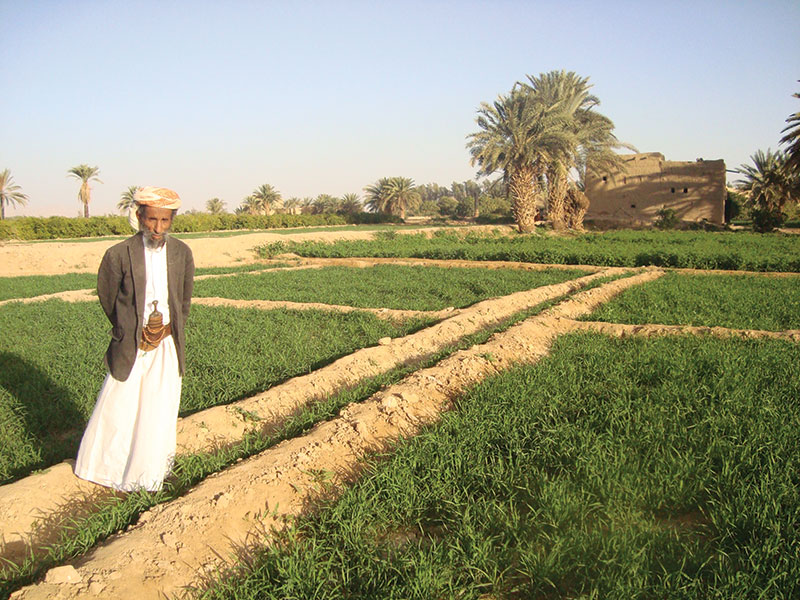[vc_row][vc_column width=”1/1″][vc_column_text]
YEMEN:
Sowing the Seeds for Post-Conflict Economic Growth through Agriculture
[/vc_column_text][/vc_column][/vc_row][vc_row][vc_column width=”2/3″][vc_column_text]
Agriculture is a critical economic driver in post-conflict environments.
My first experience in an active conflict was in Angola during the height of the war. Though I would later work in over a dozen countries recovering from armed conflict, those experiences would never equal the images I witnessed in Angola. Thirty years of warfare had destroyed the rural countryside and shattered the agricultural livelihoods of the majority of the population. Roads, bridges, schools, stores, government buildings, and irrigation systems had been decimated, and the landscape was littered with bombed out military vehicles. The prolonged conflict displaced hundreds of thousands of people, shattered the social cohesion of rural communities, and undermined trust between neighbors. Landmines maimed adults and children alike, crippling them for life and destroying their livelihoods. In spite of massive oil revenues, extensive diamonds exports, and large scale humanitarian support, recovery of the agricultural sector has to this day been minimal. This baptism of fire into Africa’s longest war brutally introduced me to the exhausting challenges of post-conflict economic recovery.
Twenty years later, numerous other countries have suffered negative consequences from conflict and have struggled to rebuild their economies. In many affected areas, agriculture is the principal livelihood. As implementers, we should ask, what have we learned from the efforts of governments and international agencies to restart agriculture? In 2008, USAID published A Guide to Economic Growth in Post-Conflict Countries, which included a chapter on agriculture, identifying key elements to consider when promoting market-driven agricultural development in post-conflict settings and providing illustrious examples of successful programs. However, since 2008, programming experience has expanded considerably, as has the capacity to monitor and evaluate interventions. We now have an opportunity to take stock of our collective experience, assess, and reflect on how new evidence compares and contrasts to the manual’s guidance.
To this end, Creative U’s Conflict Action Research Network (CARN) hosted a conference entitled “The Role of Agriculture in the Economic Growth of Post-Conflict Countries” on January 14, 2013. Case studies from Rwanda, Iraq, Yemen, and West Bank/Gaza exemplified the diversity of experience as well as the commonality of challenges. Creative’s Community Livelihoods Project (CLP) in Yemen documented the need to adjust to fluctuating conditions, which requires rethinking and reprogramming. In spite of a shifting landscape and changing donor priorities, the CLP team developed and implemented highly effective program activities that directly benefitted large number of farmers and dramatically improved their livelihoods. The other case studies similarly illustrated the importance of being able to adapt quickly to the circumstances on the ground. The manual provides excellent guidelines, but projects must “have their ear close to the ground” in order to respond most effectively to the actual reality on the ground while maintaining a long-term, strategic view.
Future conferences and workshops to discuss further the role of agriculture in economic growth are planned. We hope these discussions will result in a final outcome of thoughtful, well-designed programming that plants seeds of hope for a prosperous and peaceful future.
— Thoric CederstrÖm, Director, Livelihoods Practice Area[/vc_column_text][/vc_column][vc_column width=”1/12″][/vc_column][vc_column width=”1/4″][vc_widget_sidebar sidebar_id=”sidebar-primary”][/vc_column][/vc_row]